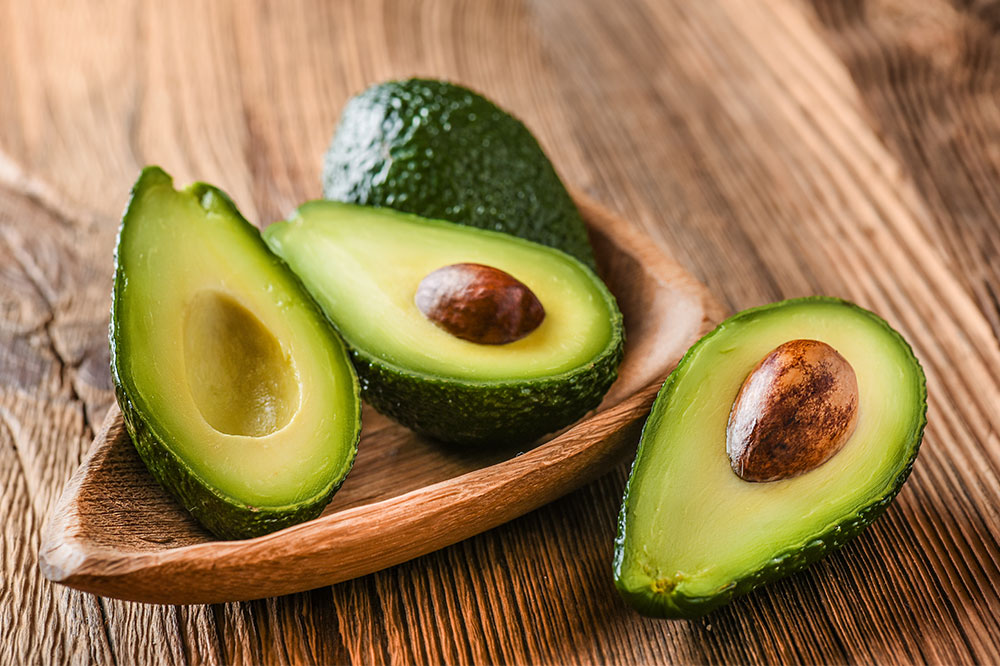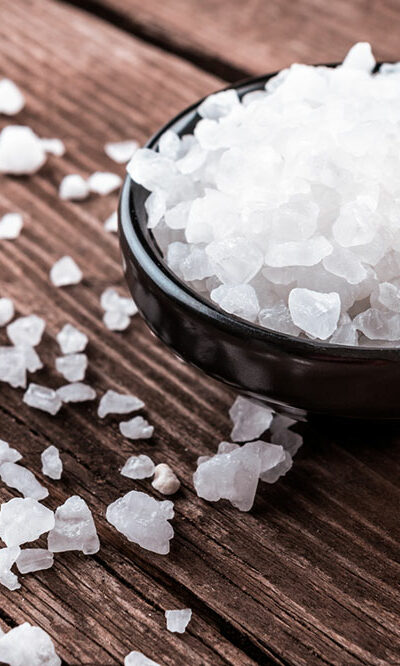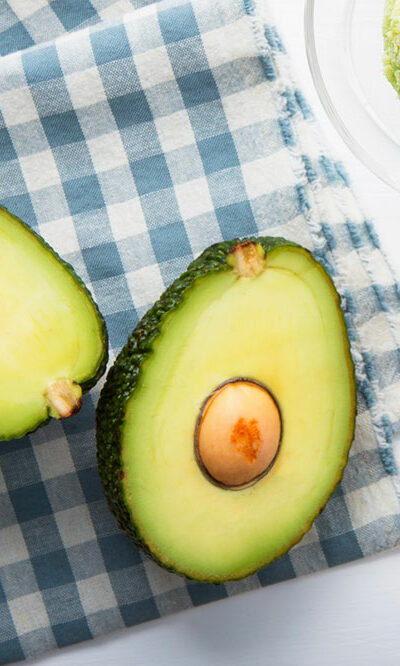5 tasty foods that are great for the heart

Everyone knows that a sedentary lifestyle needs to be avoided to help maintain heart health. But that’s only part of what needs to be done. Maintaining a positive outlook and changing your approach to food and lifestyle habits go a long way in ensuring a healthy heart. So, for example, you must have nutrient-rich foods instead of just counting calories. In the meantime, you need to relearn that tasty food can be healthy too.
Avocado
Avocado is a fruit loaded with good fat or monounsaturated fatty acids. It minimizes the risk of blood clots and lowers blood cholesterol levels. Avocado smoothies and toasts are tasty treats that support a healthy heart.
Coffee
Some of you can’t imagine kicking the day off without your morning cuppa, Joe. This is one of those habits your heart will thank you for. Having coffee during the day is undoubtedly a tasty and healthy way to ensure the body gets its antioxidants and the inflammation levels are lowered. In addition, the high antioxidant levels in coffee or tea help significantly decrease heart disease risk.
Dark chocolate
Keeping your heart healthy does not have to mean giving up on your favorite chocolate or chocolate dessert. All you need to do is select the right kind of chocolate. The higher the amount of cocoa, the more its fiber content. That does not mean you have to torture yourself with a bar of bitter chocolate; instead, opt for the percentage of cocoa that you find palatable. Alternatively, sipping on a high cocoa hot chocolate is another tasty way of keeping your heart healthy.
Berries
Regardless of the berry you prefer, they are all packed to the brim with antioxidants. These antioxidants are present in the form of anthocyanins that are also responsible for the blue and red color of the berries. The fruits are packed with other essential nutrients that help maintain healthy levels of cholesterol in the bloodstream. Another benefit of adding berries to your meals is that it helps meet the daily fiber requirement of the body, resulting in a healthy digestive system.
Fish
Fatty fish contain an additional healthy-heart factor thanks to their omega-3 fatty acid content. It helps lower blood pressure levels and decrease the amount of bad cholesterol in the bloodstream. All that needs to be taken care of is that the fish added to meals is a low-mercury option. Fatty fish like salmon, mackerel, and tuna are highly recommended.







